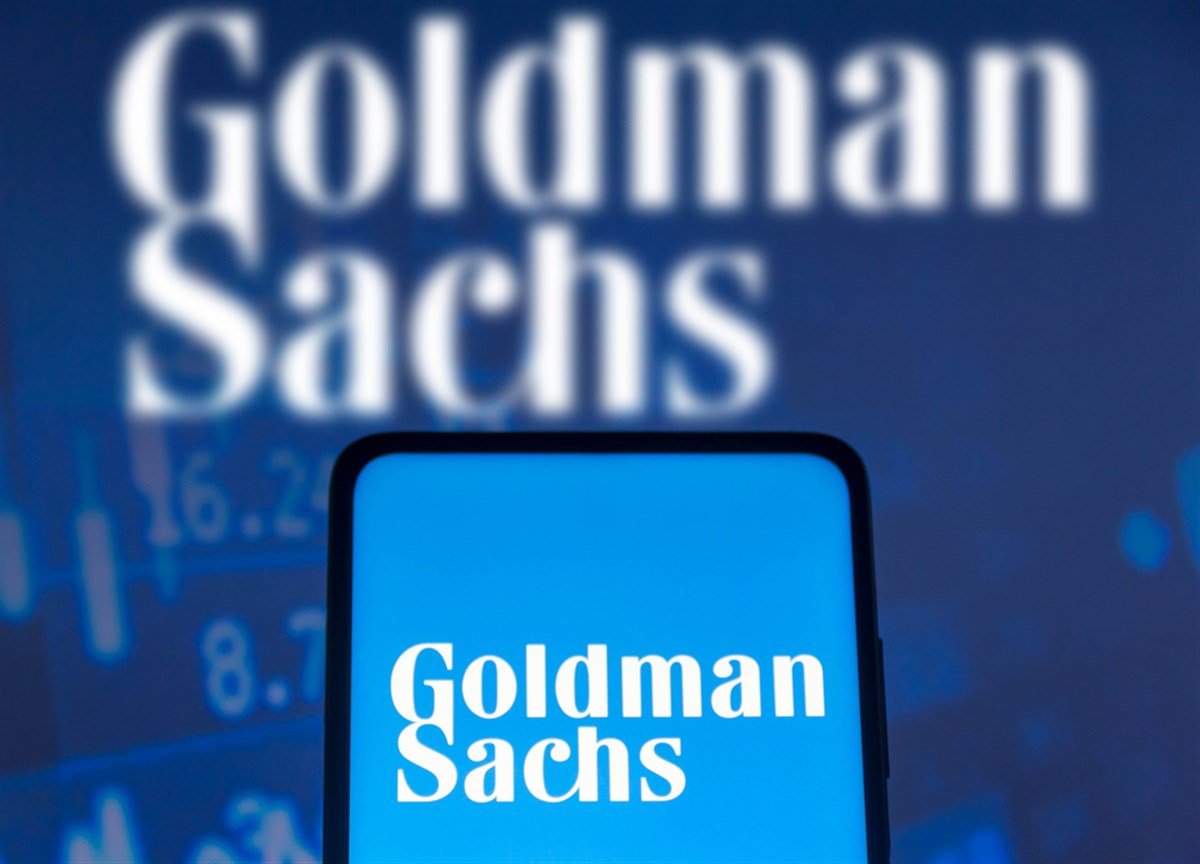
Key points
- Earnings season has arrived for financial stocks, allowing investors to gauge the current state of the stock market.
- Goldman Sachs is growing and the bank’s results are in line with BlackRock’s thinking; the market top has not yet arrived.
- The economic cycle has just begun; investors can safely stick to their favorite stocks.
- 5 stocks we like better than the Financial Select Sector SPDR Fund
The most awaited moment of the quarter has arrived. Earnings season for financial stocks has begun, allowing investors to better understand the pulse of global financial markets. With BlackRock Inc. NYSE: BLACK leading the way last week (April 8), traders are now nervous as they wait for the rest of Wall Street’s biggest names to confirm, or deny, the trend.
BlackRock’s earnings show that its clients and managers prefer to invest passively in the stock market rather than the bond market. Despite rising levels of the volatility index (VIX), these “masters of the universe” are confident that the S&P 500 index will reach a new high.
This week, The Goldman Sachs Group Inc. NYSE:GS adds to the answer anyone is looking for: Is the market still going up? With Citigroup Inc. NYSE:C Betting on a stronger future for US consumers and seeing investment banking revenues rise, it appears that potential interest rate cuts by the Federal Reserve (the Fed) are more of a reality than a long-shot gamble.
Goldman departments: a clue for investors
Shares of Goldman Sachs rose more than 4% to start the trading week, all on the heels of better-than-expected first-quarter 2024 financial results. Digging into the company’s press release, Main Street provides potential guidance for adjusting portfolios in the coming months.
Interest income for the bank has increased 31% over the past 12 months, reflecting Goldman’s ability to monetize a higher interest rate environment during this period. However, on a quarterly basis, interest income increased by only 6%, a sign of a slowdown in the interest department.
Perhaps a sign of lower interest rates to come, this is just one piece of the puzzle. Investment banking revenues increased 32% over the year and 26% quarter-on-quarter. Since investment banking relies on flexible funding rates, this spark of activity reinforces the need for lower interest rates in the future.
In the quarter’s investor presentation, management points to debt underwriting, which makes up a large portion of investment banking fees. This typically means customers want to refinance their debt or start issuing “expensive” debt before it becomes affordable due to lower interest rates… bingo.
Investment management revenue increased just 1% over the quarter, while market making revenue increased 71% over the same period. Translation? Clients do not want to trade passively in the markets; they want to get the best deals at the best price, hence the need for market making.
On the wealth and asset management front, Goldman invested $330 million in private equity compared to $35 million a year ago. This could be Goldman’s bet on an improving business cycle because private equity is not liquid and private businesses closely track the business cycle.
After all, the bank’s analysts warned of a turnaround in the manufacturing sector in their report on the macroeconomic outlook for 2024. Like BlackRock, Goldman has seen a net inflow into its offering of equity (equity) products and a net outflow from products fixed income (bonds).
The market point of view
Over the past 6 months, Goldman Sachs has outperformed the broader stock SPDR fund for selected financial sectors NYSEARCA: XLF by almost 10%. Compared to the S&P 500, this gap looks more like 15%.
Financial stocks tend to pivot before the rest of the market does, but not all stocks are created equal. Investment banks – not commercial ones – are usually the first to approach, and there is a key reason.
From 2020 to 2022, Goldman shares outperformed those of Citigroup and those of Citigroup JP Morgan Chase & Co. New York Stock Exchange: JPM but has lagged from 2023 to the present. The reason for this performance rotation lies in the business model itself; Goldman is more of a trading and investment banking firm, while Citigroup and JP Morgan have more of a trading side.
Commercial products such as credit cards, mortgages and other retail solutions allow these commercial banks to cushion the effect of interest rates on the business cycle. Trading and deal making (investment banking) are deeply rooted in the business cycle.
After underperforming commercial banks over the past year, Goldman’s response to its first quarterly earnings could mean a new rotation. The ISM PMI manufacturing index recorded an expansionary reading for the first time in over a year, indicating that the US economic cycle may be on a new upward trend.
With consumer confidence at a three-year high and market indexes once again nearing all-time highs, Goldman’s data encourages investors to confidently hold onto their favorite stocks for another quarter with potentially higher prices.
Before you consider the SPDR Financial Select Sector fund, you’ll want to hear about it.
MarketBeat tracks Wall Street’s highest-rated and best-performing research analysts and the stocks they recommend to their clients on a daily basis. MarketBeat identified the five stocks that top analysts are quietly whispering to their clients to buy now before the broader market takes hold… and Financial Select Sector SPDR Fund wasn’t on the list.
While the Financial Select Sector SPDR Fund currently has a “hold” rating among analysts, top analysts believe these five stocks are better buys.
View the five stocks here
Growth stocks offer great value, and we have the next emerging superstars to strongly consider for your portfolio.
Get this free report